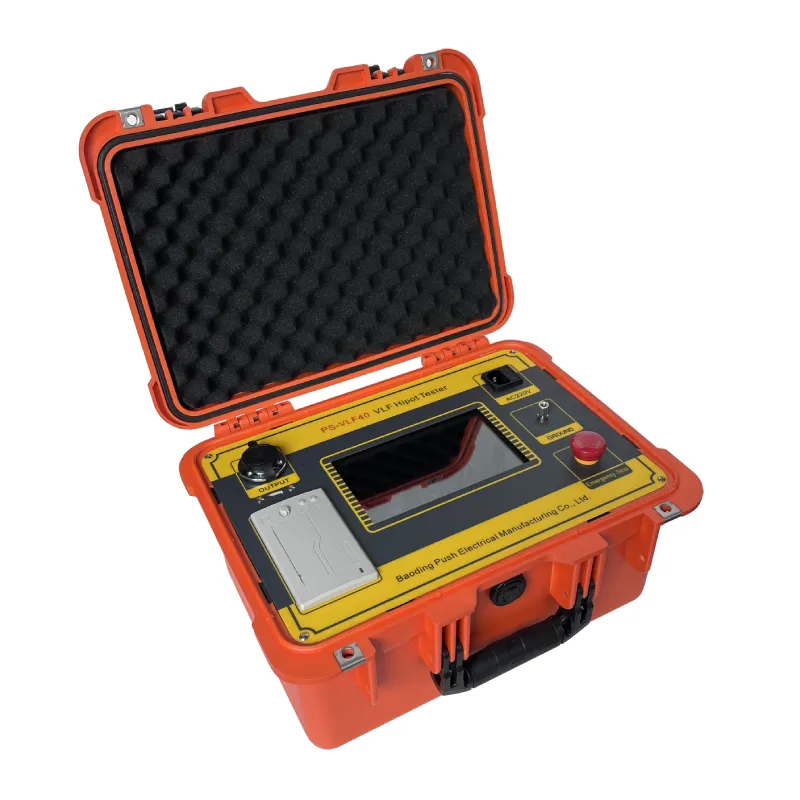 English
English


Innovative Techniques in G-Column Chromatography for Enhanced Separation and Analysis of Complex Mixtures
Understanding Gas Chromatography Principles and Applications
Gas chromatography (GC) is a powerful analytical technique that plays a crucial role in various fields such as chemistry, environmental science, and forensics. This method is primarily used for separating and analyzing compounds that can vaporize without decomposing. Its high sensitivity, precision, and speed make it an indispensable tool in both research and industrial laboratories.
The Principles of Gas Chromatography
At its core, gas chromatography operates on the principle of partitioning. The technique uses a mobile phase, which in this case is an inert gas (often nitrogen, helium, or hydrogen), and a stationary phase, which is a liquid or solid contained within a column. The sample mixture is injected into the column, where it registers a series of interactions with the stationary phase. Due to variations in volatility and polarity, different compounds will travel through the column at different rates, allowing for separation.
The process begins when a sample is vaporized by a heated injector. This vaporized sample is then carried by the mobile gas through the column. As the sample travels, its components interact with the stationary phase, leading to different retention times. Compounds that are more volatile (and thus have lower boiling points) will travel faster through the column compared to less volatile compounds.
The column itself is often coiled and housed within an oven that maintains an optimal temperature, which can be adjusted to enhance separation efficiency. As the separated components exit the column, they are detected by a detector, commonly a flame ionization detector (FID) or a mass spectrometer (MS). The resulting time-based output, known as a chromatogram, displays peaks representing the different components of the sample, with retention time indicating the identity of each compound and the area under each peak representing the concentration.
Applications of Gas Chromatography
g chromatography

Gas chromatography finds applications across a variety of industries. One prominent area is environmental testing, where researchers analyze air, water, and soil samples for pollutants and hazardous substances. GC can detect even trace amounts of volatile organic compounds (VOCs), which are crucial for monitoring air quality and assessing environmental compliance.
In the pharmaceutical industry, GC is extensively employed for purity testing of drugs, identification of active ingredients, and monitoring production quality. Its ability to handle complex samples and provide quick results is vital in ensuring the safety and efficacy of medications.
Food and beverage quality control is another significant application of GC. It is used to analyze the flavor compounds of food products, detect contaminants, and measure levels of additives and preservatives. For instance, wine producers utilize gas chromatography to assess the presence of esters, which contribute to the aroma and overall flavor profile of the wine.
Forensic science also benefits from gas chromatography, especially in toxicology. The technique allows for the detection of drugs and other substances in biological samples such as blood and urine, helping to support legal investigations and health assessments.
Conclusion
Gas chromatography is a robust analytical tool, characterized by its effectiveness in separating and analyzing complex mixtures. Its principles hinge on the partitioning of components based on their physical and chemical properties. With its vast range of applications spanning environmental monitoring, pharmaceuticals, food safety, and forensic analysis, GC continues to be central to advancements in science and industry. Ongoing developments, such as improved detectors and the integration of mass spectrometry, are expected to enhance its capabilities further, solidifying its role as a cornerstone in analytical chemistry.
-
Differences between open cup flash point tester and closed cup flash point testerNewsOct.31,2024
-
The Reliable Load Tap ChangerNewsOct.23,2024
-
The Essential Guide to Hipot TestersNewsOct.23,2024
-
The Digital Insulation TesterNewsOct.23,2024
-
The Best Earth Loop Impedance Tester for SaleNewsOct.23,2024
-
Tan Delta Tester--The Essential Tool for Electrical Insulation TestingNewsOct.23,2024





